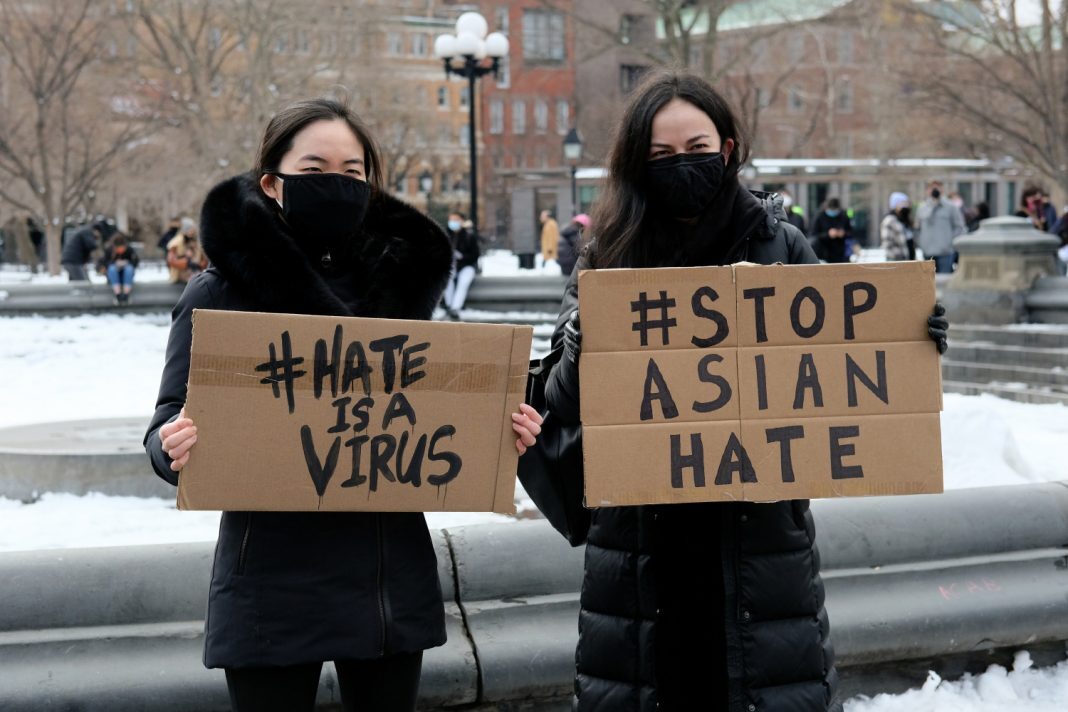
© Getty Images
The sharp increases in violence against Asian Americans since the onset of the COVID-19 pandemic are
well-documented, as are the accompanying
legislative initiatives taken to help curb the violence.
New data published by the Center for the Study of Hate and Extremism (CSUSB) underscores how dramatic the uptick has been, with
anti-Asian hate crimes surging by 149 percent, despite overall hate crimes reportedly dropping by seven percent in 2020.
Across 16 of the largest metropolitan areas in the U.S., New York City saw the highest number of total hate crimes reported in 2020, at 28 reported incidents. This represents a large increase, skyrocketing by 833 percent when considering New York City only saw three incidents of anti-Asian hate crimes in 2019.Other cities that saw high rates of increase in anti-Asian attacks include Cleveland, Boston, Philadelphia, and San Jose.Separate data from the STOP AAPI Hate advocacy organization is similar to the statistics collected from CSUSB, but sees more incidents of prejudice aimed at Asian American and Pacific Islander populations being much more common in California, accounting for 69 percent of attacks reported from March 19 to December 31 of 2020.
New York City was the second city with a high volume of racially motivated attacks, followed by Washington and Illinois.
Verbal assaults were the most common form of attacks, followed by avoidance and exclusion, then spitting and coughing.Looking into the specific ethnicities of the assault victims, a plurality of 41 percent identify as being Chinese or of Chinese origin. "Other ethnicities" reported experiencing 29 percent of assaults during this March to December period, with Korean, Vietnamese, and Filipinos also reporting attacks due to their race or ethnicity.
These attacks are likely fueled by racist perceptions surrounding COVID-19, experts said. Data from April 2020 largely places blame on the general Chinese public for the pandemic, a belief predominant among Republicans and Independents, but also consistent for Democrats as well.Moreover, Google Search data focusing on how popular select keywords were over the course of the pandemic further suggests Americans place blame on China for COVID-19, at varying levels of vitriol.Researchers from the California Society for Healthcare Engineering (CSHE) and Google Trends found that the term "china virus" coined by former President Trump peaked in popularity in the early months of the pandemic, mainly during March, when lockdowns first began.
Along with "China virus" -- a term public health officials have
disavowed when referring to COVID-19 -- other blatantly offensive terms including "ch--k", "g--k," and Trump's other moniker for COVID-19, "kung flu" also saw spikes in searches.
These largely tampered down until "kung flu" had a resurgence in June 2020, and "China virus" peaked slightly in January 2021.
Other sources featured in the CSUSB report corroborate these trends on Twitter, showcasing a spike in sinophobic rhetoric on Twitter in January and March of 2020.
The latest federal action seen in response to these incidents of anti-Asian attacks came from the U.S. House of Representatives, where Democratic leaders spoke out against the rampant xenophobia and assaults on Asian Americans.
Congresswoman Judy Chu (D-CA), the chairwoman of the Congressional Asian Pacific American Caucus, said in
February that these attacks warranted the passage of the "No Hate Act," a bill which would allocate federal grants to states to support citizens in reporting hate crimes.
Comment: See also: